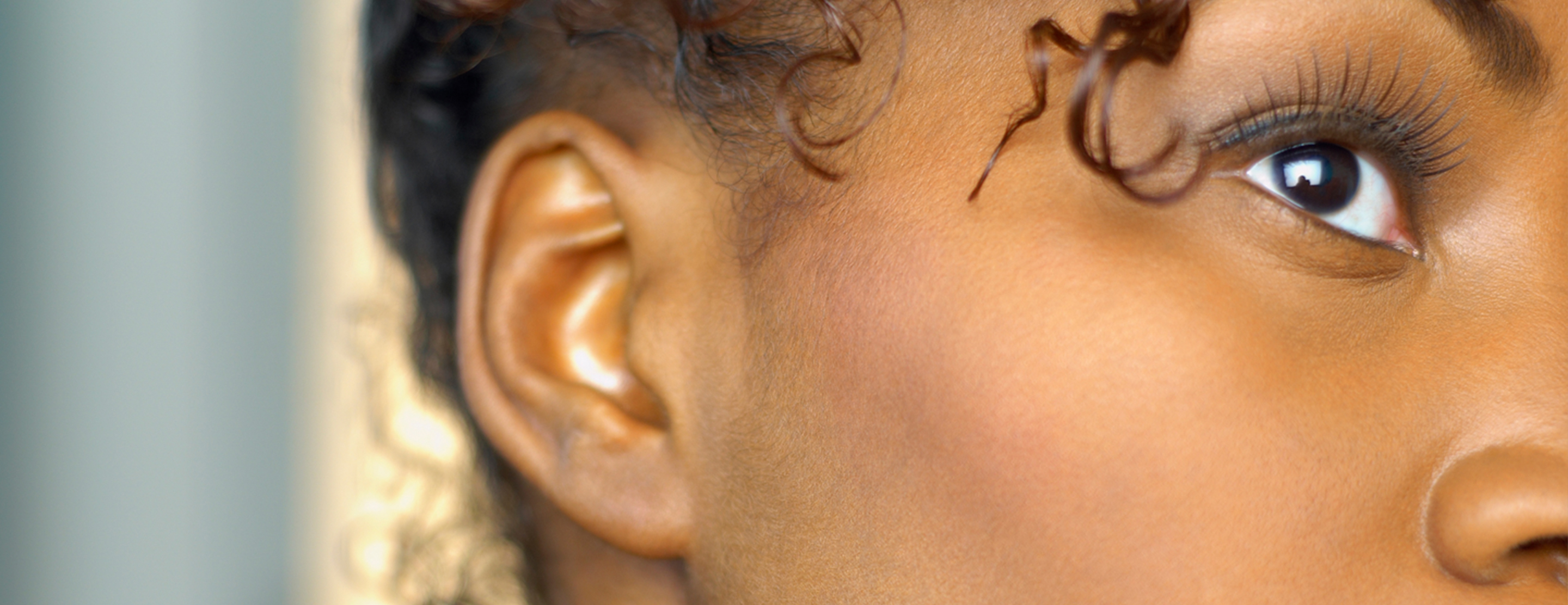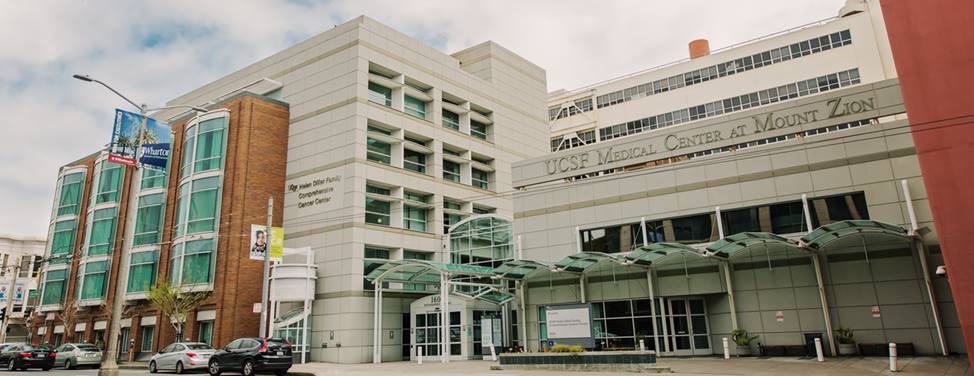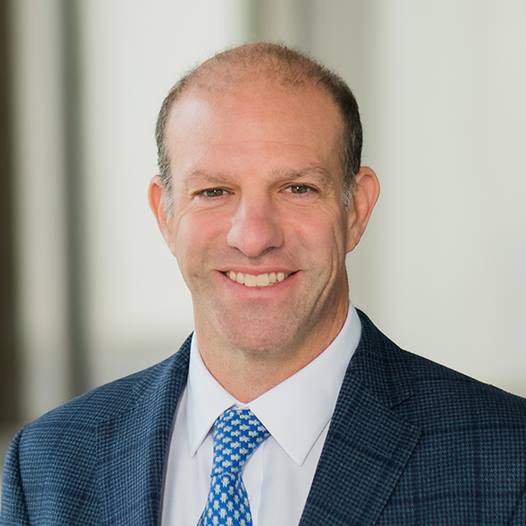You may feel that your ears are too large or stick out, making your face appear disproportional. Ear reshaping, also known as otoplasty, may "pin back," reshape or reduce the size of your ears to make them more symmetrical and proportional to your face.

Ear Reshaping
While people of all ages opt for ear reshaping, the procedure is most often performed on children between the ages of 4 to 14, since ears reach their full growth by the time a child turns 4 years old.
Children, teens and adults who have the following may be good candidates for ear reshaping:- Larger than average ears
- Smaller than average ears
- Ears that protrude from the sides of the head
- Ears with deformities, such as "lop ear," in which the tips fold down and forward; or "shell ear," in which the curve in the ear's outer rim and natural folds and creases are missing
- Large or stretched earlobes, or earlobes with large creases and wrinkles
Also, children who are born without ears or people who lose them in an injury may have artificial ears surgically attached. It is important to note that even if you have only one ear that protrudes, your surgeon will usually recommend reshaping both ears to create a better balance.
Preparation
If you are considering ear reshaping, you will meet with a facial plastic surgeon for a consultation. Please come to the initial visit with information about your medical history, which includes previous surgeries, present and past health problems, and any medications, vitamins and nutritional supplements you have taken or are currently taking. Your surgeon will evaluate your ears and their relationship to other features on your face to determine the best technique to meet your cosmetic goals.
If you are considering ear reshaping for your child, it is important to put your child's wants and needs first. If your child doesn't want to have surgery, you shouldn't insist on it. Children who feel uncomfortable about their ears and want the surgery are often more cooperative during the healing process.
If you decide to have ear reshaping, and your surgeon thinks that you are a good candidate, he or she will explain the techniques and anesthesia that will be used, the type of facility where the surgery will be performed and the risks and costs involved. Be sure to ask your doctor any questions you may have, and express your concerns and expectations related to the surgery.
Procedure
Ear reshaping is usually performed as an outpatient procedure in an office-based surgical suite, hospital or outpatient surgery center. If you are admitted to the hospital, you will usually only stay one or two nights.
To keep you comfortable during your procedure, you will be given local or general anesthesia. Local anesthesia numbs the ear and surrounding area, and is combined with a sedative to keep you relaxed but awake during surgery. General anesthesia keeps you asleep throughout the entire procedure and is typically recommended for children. Ear reshaping usually takes about two to three hours, depending on the extent of the surgery and technique used.
During a common ear reshaping procedure, the surgeon begins by making an incision behind the ear, at the point where the ear naturally joins the head. The cartilage will then be sculpted and bent back toward the head. Non-removable stitches may be used to help maintain the new shape. Occasionally, the surgeon will remove a larger piece of cartilage to provide a more natural-looking fold.
Another technique involves a similar incision in the back of the ear. Skin is removed and stitches are used to fold the cartilage back on itself to reshape the ear without removing cartilage. In most cases, after healing, there will be a thin scar behind the ear. However, because this scar is in the natural crease of the ear, it is barely visible.
Risks
Ear reshaping is a very common procedure and associated risks are rare. However, as with any surgery, complications may occur. A blood clot in the ear, which may dissolve naturally or be removed with a needle, may develop. In rare instances, a person may have an infection in the cartilage, though this can be treated with antibiotics and, in severe cases, surgery.
You can help minimize certain risks by following the advice and instructions of your facial plastic surgeon, both before and after surgery. Once the date for surgery has been set, your surgeon will provide you with specific instructions on how to prepare for surgery. These include guidelines on drinking, smoking, and taking and avoiding certain medications and vitamins. If you smoke, it is highly recommended that you stop smoking for a period of time before and after surgery. It is also recommended that you arrange for someone to drive you home after surgery and care for you afterwards until you are feeling better.
Recovery
Recovery differs for each patient and the healing process occurs in stages.
When surgery is completed, you will be taken into a recovery area to be closely monitored. In most cases, patients are permitted to go home after a few hours, although some patients stay overnight for one or two days.
Your head will be wrapped in a bulky bandage immediately following surgery to promote the best molding and healing. The ears may throb or ache a little for a few days, but your surgeon can prescribe medications to relieve any discomfort. For a week or more, you will be required to sleep on elevated pillows, and not on your side, to avoid putting any pressure on your ears.
Resuming Normal Activities
Your surgeon will provide you with specific instructions and guidelines for resuming your regular daily routine. Although you may feel better after a day or two, it is recommended that you take it easy for the first week after surgery. Your bandage will be removed within a few days and replaced by another head dressing, which is similar to a headband. Be sure to follow your surgeon's directions for wearing this dressing, especially at night. In most cases, after a week, any temporary stitches will be removed.
Any activity in which the ear might be bent should be avoided for a month or so. Most adults can go back to work within five days after surgery. Children can go back to school after a week, if they're careful about playground activity. You may want to ask your child's teacher to keep an eye on your child for a few weeks.
Follow-Up
Your surgeon will schedule frequent follow-up visits in the months after surgery to check on your progress. If any unusual symptoms develop or you have any questions or concerns, please don't hesitate to call your surgeon's office.
UCSF Health medical specialists have reviewed this information. It is for educational purposes only and is not intended to replace the advice of your doctor or other health care provider. We encourage you to discuss any questions or concerns you may have with your provider.










